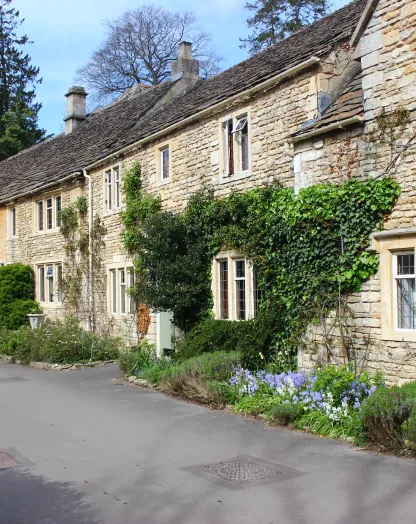Vatican gets first pavilion at Venice Biennale
The idea of the Venice Biennale first came about in 1893, with the city council agreeing that there was real merit in founding a national artistic exhibition. Sure, it was partly to celebrate the silver anniversary of King Umberto and Margherita of Savoy, but that is a moot point. Two years later the inaugural expo was held and it went rather well.
So here we are, many, many years later, three centuries in fact, and another biennale is knocking on the door of the art calendar. This year’s edition, number 55 to be exact, is bigger, better and for want of alliteration, bolder than ever before.
Leading the charge of the avant-garde, so to speak, is the Vatican. You read that right. The Pontifical Council for Culture has announced revealed details of the city-state’s inaugural pavilion at Venice.
Entitled in Principio, the theme of its exhibition is focused on some of the major ideas from the Book of Genesis: creation, uncreation and recreation.Cardinal Gianfranco Ravasi, president of the council, said that the first 11 chapters of the book would be key to the work.
“They are dedicated to the mystery of man’s origins, the introduction of evil into history, and our hope and future projects after the devastation symbolically represented by the flood,” he told reporters.
While the concept might be classed as traditional – as if it would be anything but – the interpretation of it is decidedly modern. There will be no old master style paintings on show.
The Holy See has chosen the Milan-based Studio Azzurro to come up with an interactive art installation for creation; the Czech photographer Josef Koudelka has been selected to depict uncreation, while the Australian-born painter Lawrence has been commissioned to portray recreation.
“In a pavilion configured as wide open to cultural intersections and emotional pathways, we decided to select a group of internationally-renowned artists who, in the variety of their languages and techniques, would produce converging characteristics, sensibilities, and openings with reference to the path chosen,” said professor Antonio Paolucci, director of the Vatican Museum.
The Guardian’s art critic Jonathan Jones is not altogether impressed, arguing that underpinning the Vatican’s efforts is religion first and art second. Hestates that this is not what the biennale is about.
If, for example, visitors are after a religious moment in an artistic sense, they can visit the city itself, instead of the exhibition. There are plenty of iconic and breathtaking examples of Christian art capable of offering a “contemplative sacred retreat from the hubbub of the art festival”.
“They can visit the church of San Zaccaria, between the Biennale gardens and Piazza San Marco, to see Giovanni Bellini’s ethereally calm and stilled 1505 masterpiece that shows the Virgin and saints beneath a golden mosaic dome,” he advised.
“Or go to the church of Santa Maria della Salute, whose interior is the grandest and most dwarfing enclosed space in Venice, a sombre manifestation of divine mystery built to mark a devastating seventeenth-century plague.”
This is perhaps simplistic. Art is about breaking new ground, and in some ways, allowing the Vatican to have the opportunity to be part of the discussion of contemporary art is an exceptional move by the organisers of the expo.
Ideas we might not agree with, but the freedom to say, to believe, is a truth art understands. See the exhibition, be affected and then discuss. One does not need to be religious to enjoy such art. Inspiration comes in the most unlikely of places.
The Venice Biennale takes place from June 1st and runs until November 24th 2013.
Cadogan Tate has extensive experience in shipping fine art all over the world.



